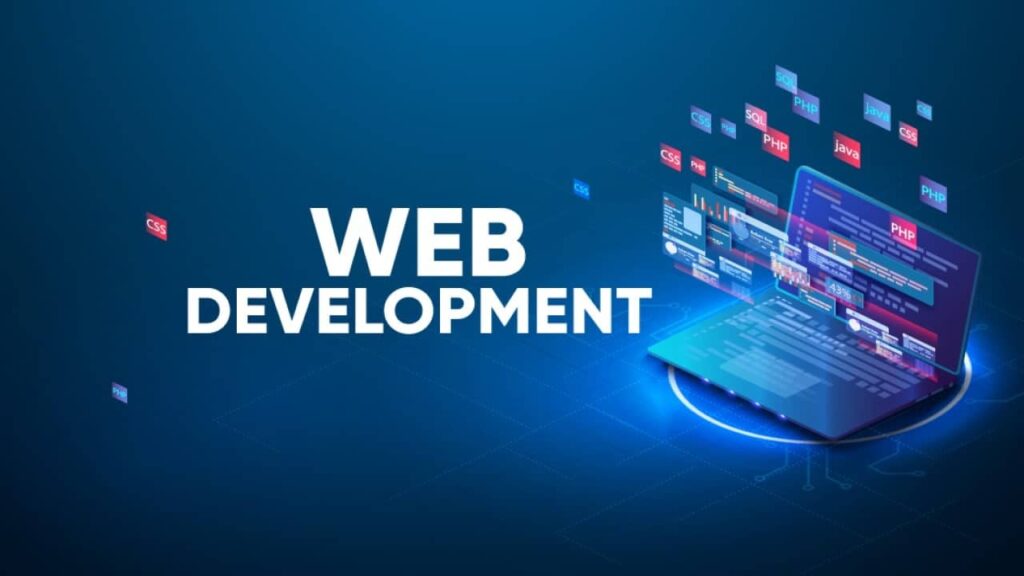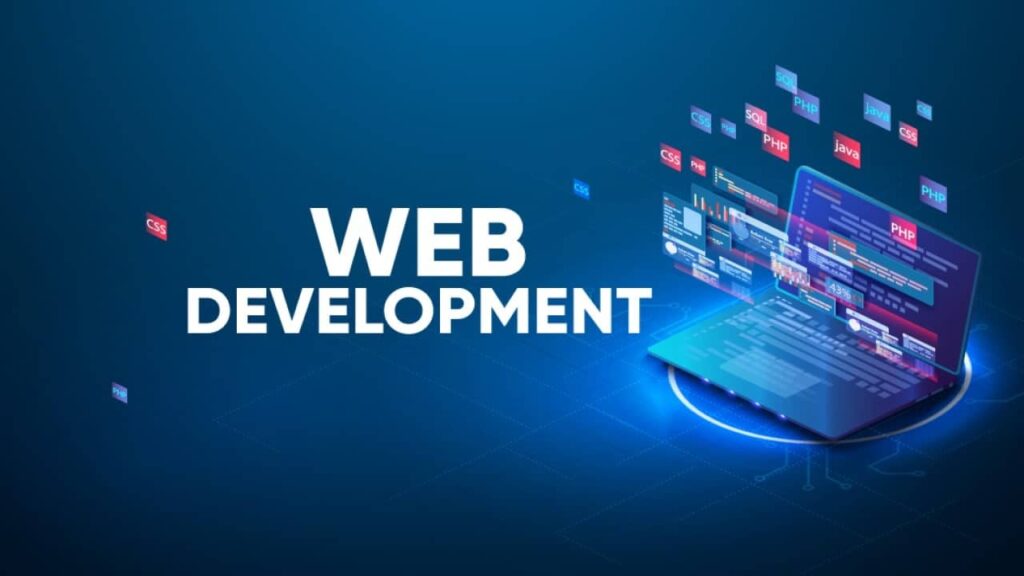If you’re interested in learning web development, a Web Development course in Surat could be a fantastic opportunity for you. This city is becoming a hub for tech education, making it an ideal place to kickstart your journey into the world of web development.
In the intricate ecosystem of web development, two distinct realms reign supreme: front-end and back-end development. While both play pivotal roles in shaping the digital landscape, they operate in fundamentally different domains, each with its unique set of responsibilities, tools, and challenges. In this comprehensive guide, we’ll unravel the mysteries surrounding front-end and back-end development, exploring their differences, functionalities, and contributions to the web development process.

Front-end Development: Crafting User Experiences
Front-end development, often referred to as client-side development, focuses on the visual and interactive elements of a website or web application that users directly interact with. It encompasses the creation and optimization of the user interface (UI) and user experience (UX), ensuring seamless navigation, intuitive design, and engaging interactions. Front-end developers are tasked with bringing web designs to life, translating static mockups and wireframes into dynamic, responsive interfaces that captivate and delight users.
Key Components of Front-end Development:
- HTML (Hypertext Markup Language): HTML forms the backbone of front-end development, providing the structure and semantics necessary for displaying content on the web. It defines the various elements and their placement within a web page, including headings, paragraphs, images, links, and forms.
- CSS (Cascading Style Sheets): CSS is responsible for styling and formatting the visual presentation of HTML elements, encompassing aspects such as layout, typography, color schemes, and animations. It allows front-end developers to create visually appealing and cohesive designs that enhance the overall user experience.
- JavaScript: JavaScript serves as the dynamic powerhouse of front-end development, enabling interactive features, real-time updates, and client-side functionalities. It allows developers to manipulate the content and behavior of web pages in response to user actions, events, and input, fostering rich, immersive experiences.

Back-end Development: Powering the Engine Behind the Scenes
Contrary to front-end development, back-end development, also known as server-side development, operates behind the scenes, handling the server-side logic, data management, and business operations that drive web applications. Back-end developers focus on building robust, scalable architectures, managing databases, handling user authentication, and implementing server-side functionality to support the front-end interface seamlessly.
Key Components of Back-end Development:
- Server-Side Programming Languages: Back-end development relies on server-side programming languages such as Python, Ruby, Java, PHP, and Node.js, which enable developers to write server-side logic, process requests, and generate dynamic content.
- Databases: Databases serve as the backbone of back-end development, providing a structured mechanism for storing, retrieving, and managing data essential for web applications. Common database systems include MySQL, PostgreSQL, MongoDB, and SQLite, each offering unique features and capabilities tailored to specific use cases.
- Frameworks and Libraries: Back-end developers leverage frameworks and libraries to streamline development, enhance productivity, and maintain code consistency. Frameworks such as Django (Python), Ruby on Rails (Ruby), Express.js (Node.js), and Laravel (PHP) provide pre-built components, MVC architecture, and standardized conventions for building scalable web applications.
Understanding the Interplay Between Front-end and Back-end Development
While front-end and back-end development operate as distinct entities, they are intrinsically interconnected, working in tandem to deliver seamless user experiences and robust web applications. The front-end interface serves as the gateway through which users interact with the application, while the back-end infrastructure powers the underlying functionalities, processes user requests, and retrieves data from databases.
Key Differences Between Front-end and Back-end Development:
- Focus and Responsibilities: Front-end development primarily focuses on the presentation layer of a website or application, encompassing UI design, layout, and user interactions. Back-end development, on the other hand, deals with server-side logic, data processing, and business operations that occur behind the scenes.
- Technologies and Tools: Front-end development relies on HTML, CSS, and JavaScript, along with frameworks and libraries such as React, Angular, and Vue.js, to create dynamic and responsive user interfaces. Back-end development utilizes server-side programming languages, databases, and frameworks tailored to handling server-side logic, data storage, and application architecture.
- User Interaction vs. Data Management: Front-end development focuses on creating visually appealing interfaces and engaging user experiences that facilitate seamless navigation and interaction. Back-end development emphasizes data management, authentication, security, and server-side functionalities necessary for processing user requests, managing resources, and delivering dynamic content.
Conclusion: Harnessing the Power of Front-end and Back-end Development
In the ever-evolving landscape of web development, front-end and back-end development stand as indispensable pillars, each contributing its unique expertise and functionality to the digital ecosystem. While front-end development shapes the user experience and interface design, back-end development powers the underlying infrastructure and functionality that drive web applications.
By understanding the differences and interplay between front-end and back-end development, developers can collaborate effectively, leverage the strengths of each domain, and deliver immersive, feature-rich web experiences that captivate audiences and propel businesses forward. Whether crafting elegant user interfaces or architecting scalable server-side solutions, front-end and back-end development unite to shape the digital landscape and transform visions into reality.


